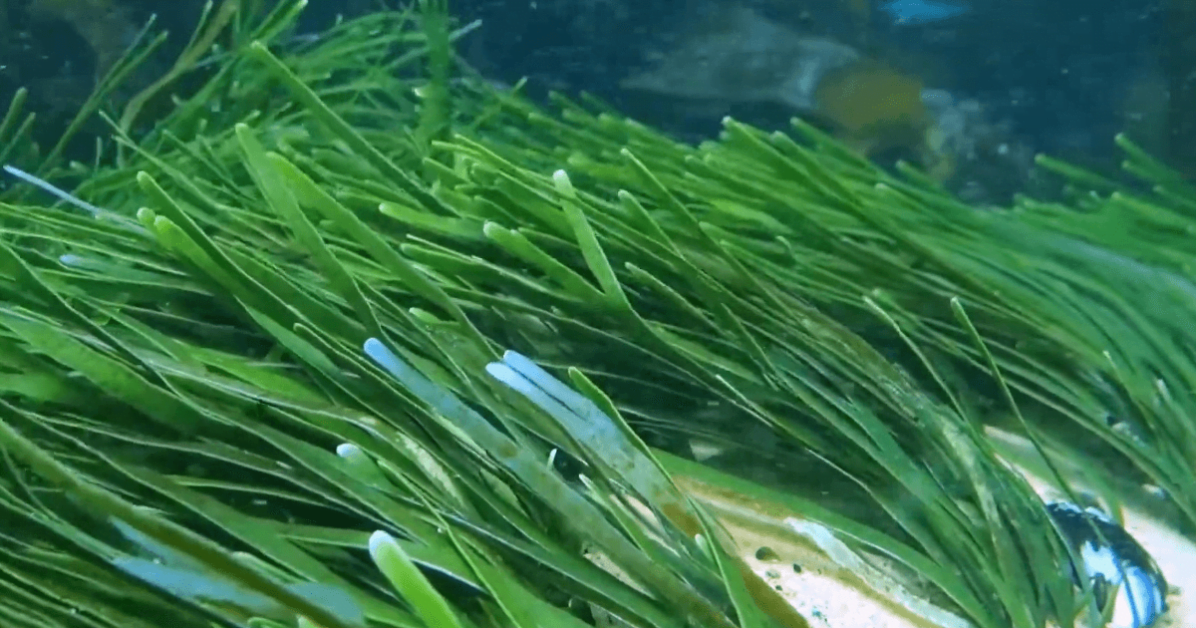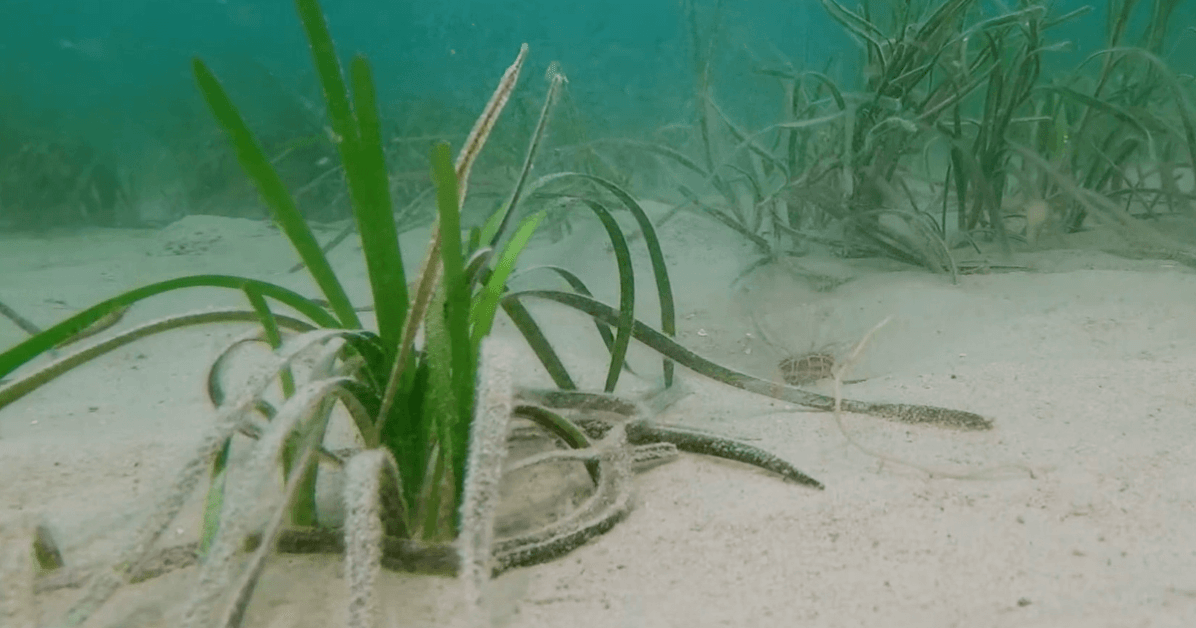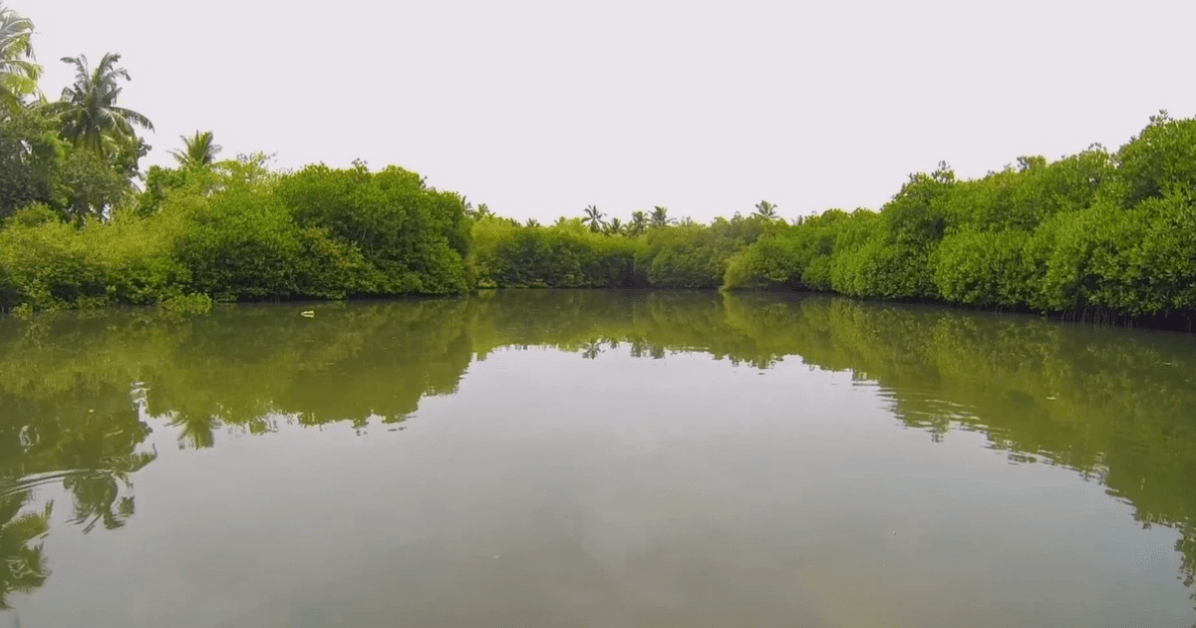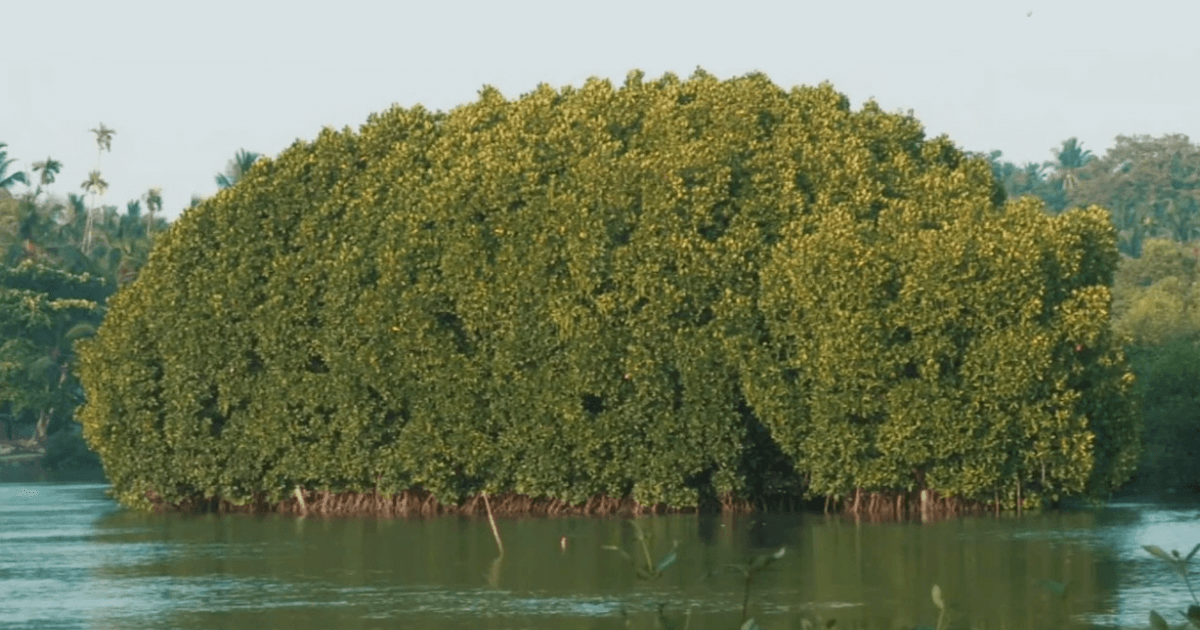Imagine walking on an Indian beach. The air is a mix of saltwater and earthy scents.
The plants here are special. They form a vital ecosystem with mangroves and unique coastal vegetation.
Indeed, Indian beaches host mangroves and other unique plants. They protect the coastline and support biodiversity.
These treasures are key to the environment and showcase India’s coastal natural heritage. Curious about these ecosystems? Let’s explore.
What are mangroves, and why are they important?

Mangroves are trees and shrubs found in tropical coastal areas with saltwater. They thrive where salt and freshwater meet, forming unique ecosystems.
Their roots stabilize them in shifting sands and muddy waters. They provide homes for marine life.
In India, mangroves grow along the eastern and western coasts.
Notable areas include the Sundarbans, the Andaman and Nicobar Islands, and Gujarat’s Gulf of Kutch.
These regions, known as “nurseries of the sea,” are crucial for fish breeding.
Without mangroves, coastlines would erode, and biodiversity would be at risk.

Where Can You Find Mangroves on Indian Beaches?
To see unique ecosystems, India has many places to explore mangroves. The Sundarbans, a UNESCO site, has the world’s largest mangrove forest.
It is home to the famous Royal Bengal Tigers. In contrast, the Andaman and Nicobar Islands are peaceful.
They are great for kayaking and birdwatching. On the west coast, Gujarat’s Gulf of Kutch has its longest mangrove.
These destinations serve environmentally conscious tourists. They showcase India’s coast while aiding in ecosystem conservation.
Curious about the differences between India’s eastern and western beaches? Click here to explore the unique traits of India’s coastal regions.

How are these special plants threatened?
Mangroves and unique plants on Indian beaches are vital. But humans threaten them.
Key challenges include coastal development, pollution, and deforestation.
Beach visitors damage vulnerable plants through careless footwork and thoughtless disposal.
Moreover, expanding tourism often destroys mangrove forests. Building hotels and resorts too close to the shore harms habitats and damages coastlines.

Why Is Biodiversity Important on Indian Beaches?
Indian beaches host more than mangroves. They are home to seagrasses, coastal plants, and salt marshes.
These species are crucial. They protect shores and support marine life. Damaging or ignoring these plants harms biodiversity.
It disrupts the balance, reducing fish, birds, and wildlife. This loss affects ecosystems and communities that depend on these resources.
Want to know about the soil on Indian beaches? Examine this article to determine the composition of the beach.

How Can We Protect These Unique Ecosystems?
Protecting plant life on Indian beaches needs everyone’s help: tourists, locals, and authorities.
Travelers can do simple things to reduce their impact. For instance, avoid littering. Stick to paths.
Learn about the local ecosystem before snorkeling or boating. Local communities and environmental groups are vital too.
They can join beach clean-ups, support conservation, and promote sustainable tourism.
Also, governments and tourism boards should limit overdevelopment. They must make new projects environmentally sustainable.

What Can You Do to Help?
If you’re motivated to act, there are many ways to help conserve India’s coastal ecosystems.
First, learn about and share the importance of mangroves and unique plants.
Encourage eco-friendly practices among friends and family on beach trips.
Also, consider volunteering with local conservation groups. Or, join projects that watch these ecosystems.
Every action matters. Let’s make sure the unique plants on Indian beaches thrive for future generations.

Why Should You Care About Indian Beach Ecosystems?
Next time you’re on an Indian beach, pause. Look beyond the waves. Notice the rich life there.
Mangroves and unique plants are more than pretty sights. They’re crucial. They support biodiversity, protect shores, and fight climate change.
Understanding and protecting these ecosystems keeps India’s beaches beautiful and rich.
So, when asked about mangroves or special plants on Indian beaches, you will know. You will also know how to help.
FAQS
Mangroves are salt-tolerant trees found in coastal areas. They protect shorelines and provide habitats for marine life.
Mangroves thrive in the Sundarbans, Andaman and Nicobar Islands, and the Gulf of Kutch.
Mangroves prevent coastal erosion, support biodiversity, and act as nurseries for fish
Coastal development, pollution, and deforestation are major threats to these ecosystems.
Avoid littering, stick to paths, support conservation projects, and advocate for sustainable tourism.
Coastal plants and wildlife maintain ecological balance, protect shorelines, and support local communities.
Travelers can reduce their impact by avoiding litter, staying on paths, and joining conservation efforts.
